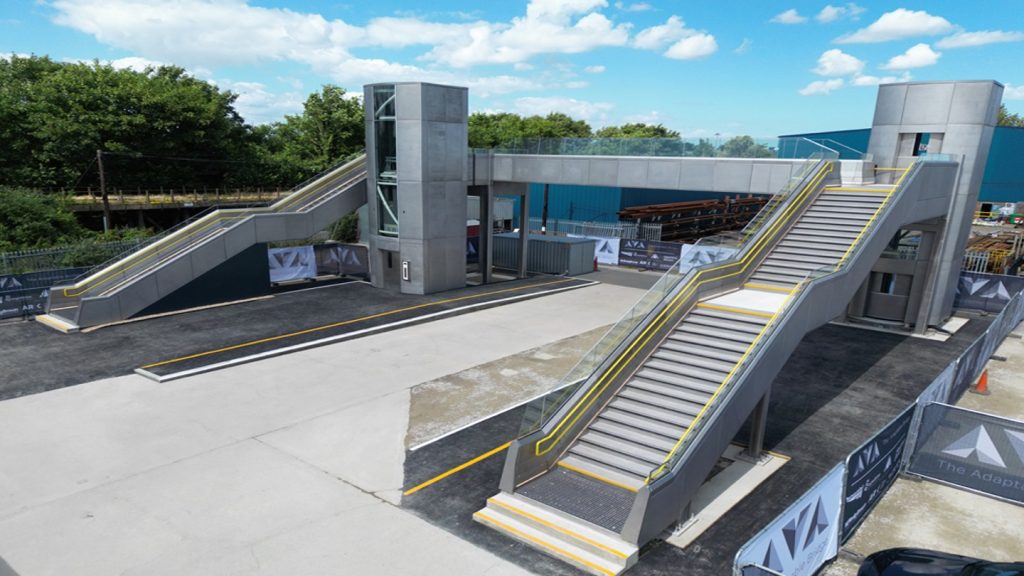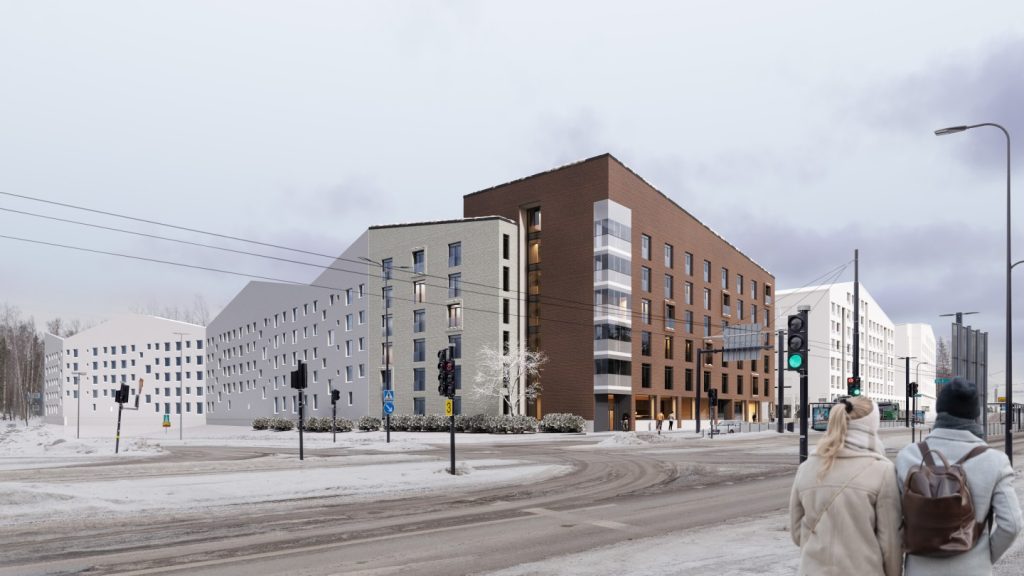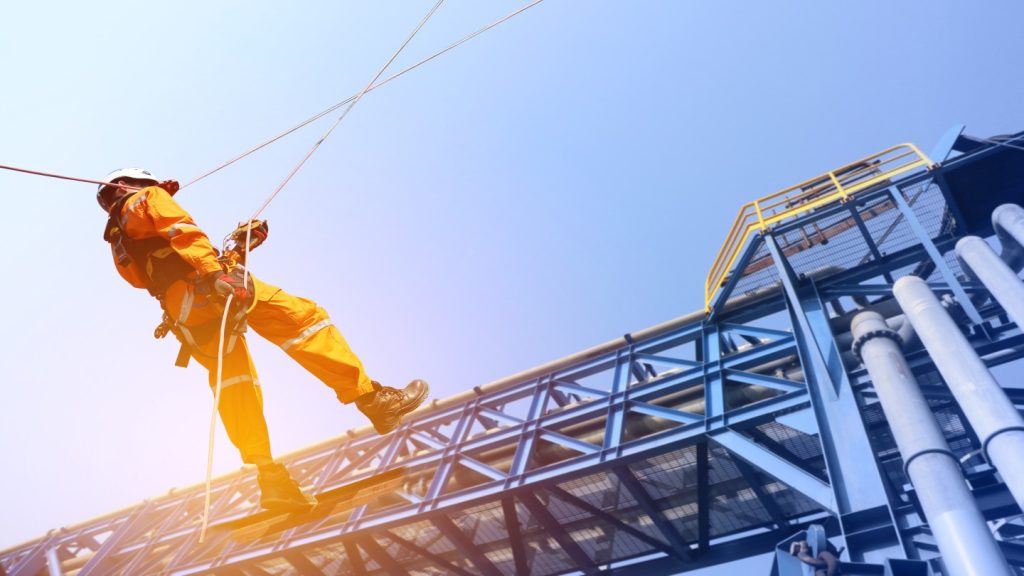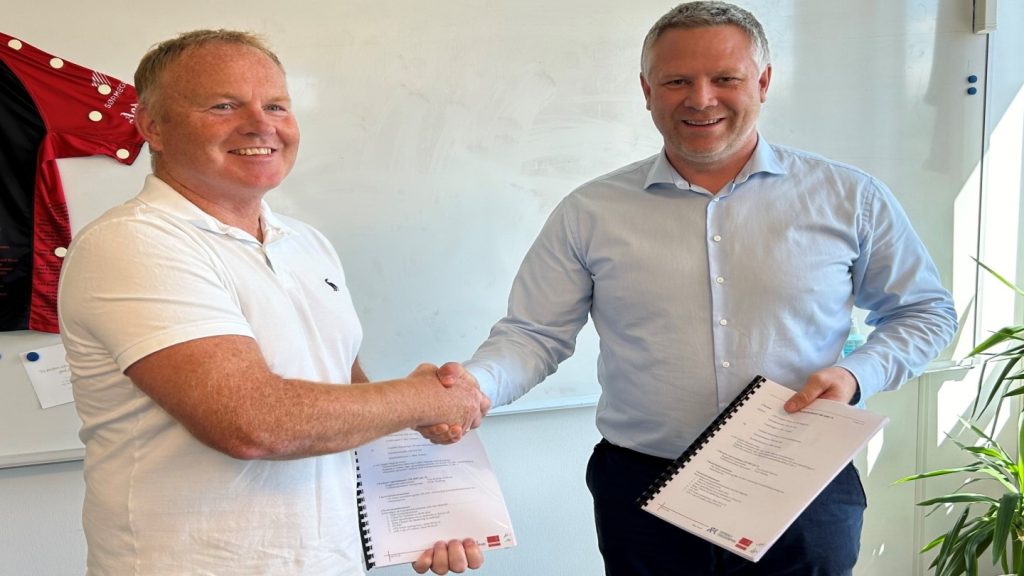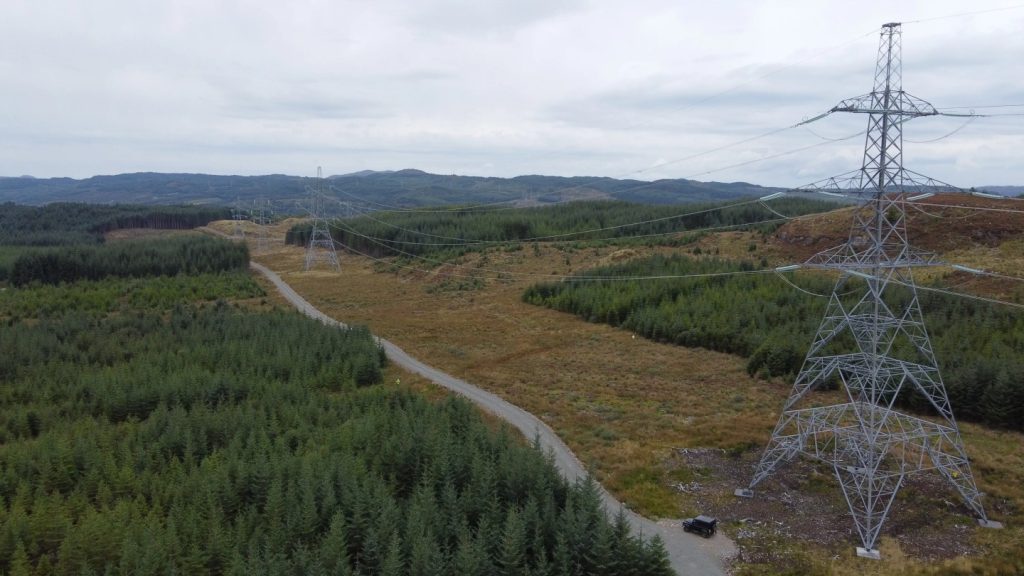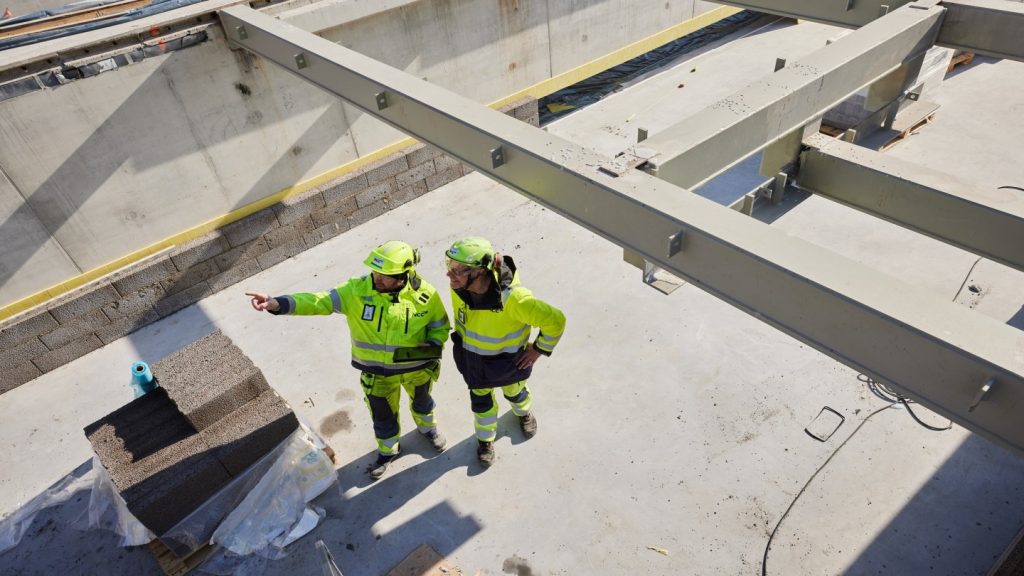The AVA Consortium has unveiled the AVA Footbridge and Lift System prototype, aimed at transforming the design and construction of railway footbridges.
The consortium includes Expedition Engineering, Hawkins\Brown, Walker Construction, Network Rail, McNealy Brown, and ARX.
This move is intended to revolutionise the way railway footbridges are procured, manufactured, and installed.
Expedition Engineering and Useful Simple Trust director Eva MacNamara said: “Following substantial industry interest in both the innovation process we have been through, and the AVA ‘adaptable product’ outcomes, we are proud to unveil the AVA Footbridge and Lifts demonstrator - a direct response to Network Rail’s challenge statement for ‘Access for All’ Schemes.
“Moving forward, we anticipate a robust demand pipeline that leverages AVA’s design and construction principles, capitalising on manufacturing efficiencies through batch procurement, economies of scale, and incremental enhancements.”
The development of the AVA footbridge prototype is said to be driven by the need to improve productivity in delivering footbridges across the UK's railway network.
AVA's modular design incorporates an integrated lighting system and an exposed bead-blasted stainless steel finish. It is intended to be an architectural fit for any station environment.
The layout is said to be configurable to accommodate various bridge and lift arrangements.
It also provides customisation options such as adding a roof to the solution.
The use of stainless steel for both the structure and cladding of the footbridge is noted to extend its design life to 120 years, reducing the need for maintenance.
This is further said to minimise early-stage degradation and passenger disruption, as well as lower the whole-life carbon footprint and overall life cycle costs of the bridge.
The AVA footbridge is expected to be faster to deliver and simpler to install than standard industry footbridges.
This AVA programme has been co-funded by Network Rail and the TIES Living Lab programme.
It also received funding through a grant from Innovate UK's Transforming Construction Intuitive, with additional contributions from the UK's Department for Transport, High Speed 2, Transport for London, and Highways England.


